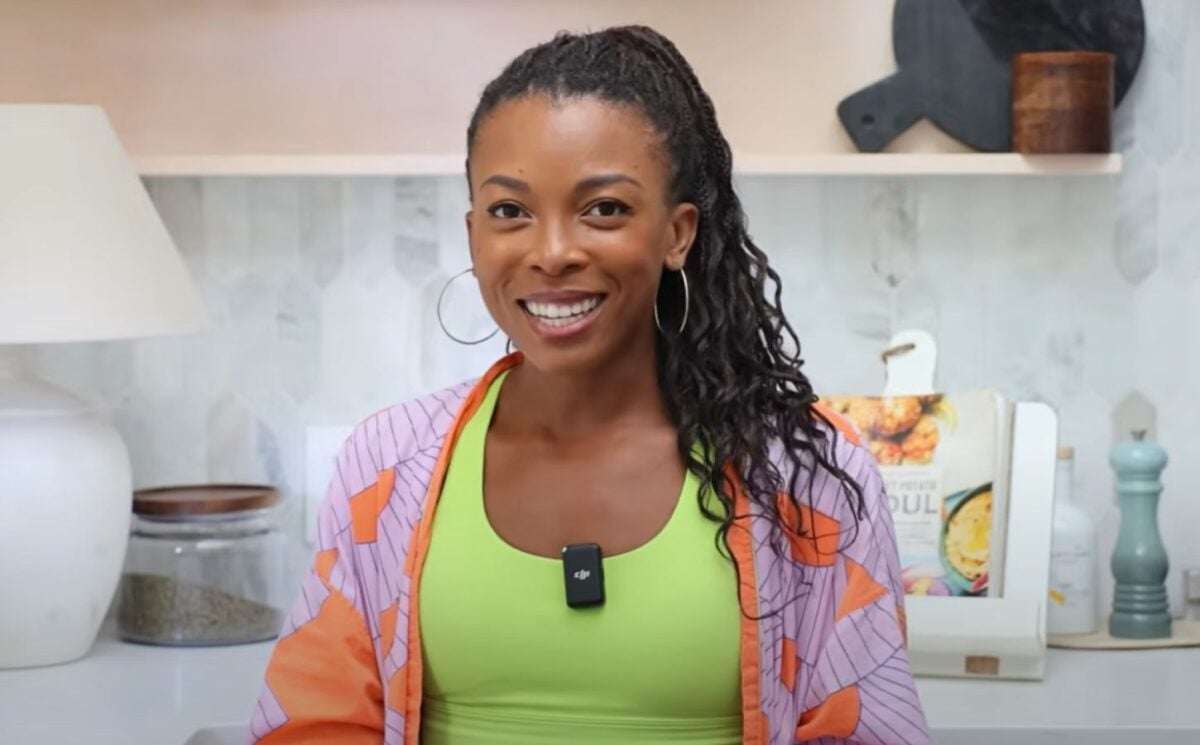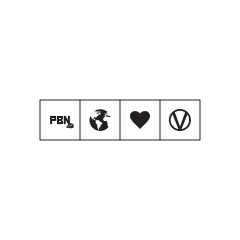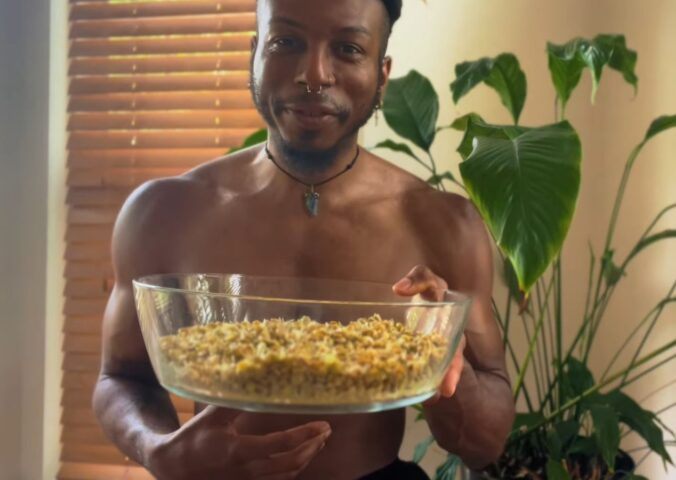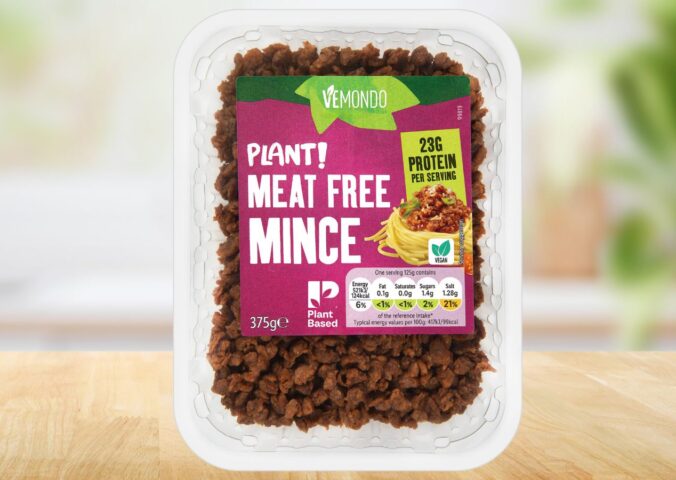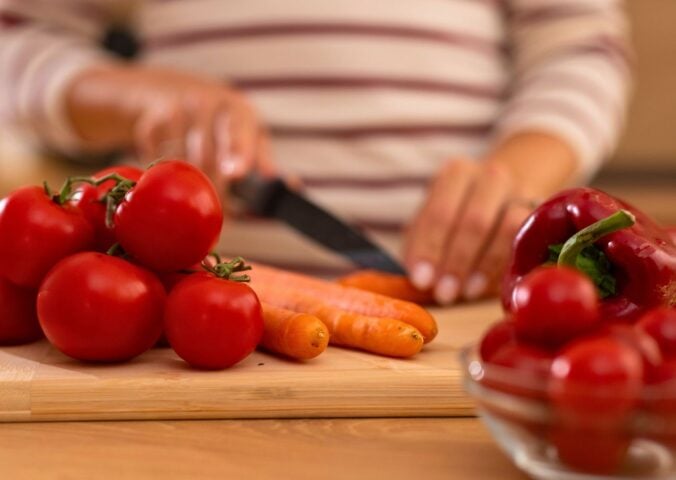Jenné Claiborne, a vegan chef and founder of the hugely popular YouTube channel SweetPotatoSoul, recently shared how she reaches her iron goals on a plant-based diet – without using fortified foods or supplements. In her video, she tracks her intake across one day and surpasses the recommended daily amount for adult women (around 18 milligrams), relying entirely on whole plant-based ingredients.
Many people believe that iron only comes from meat, but this isn’t true. There are plenty of plant-based iron sources that you’re probably already eating without realizing. “I did not have to go far out of my way to get enough iron,” Claiborne says. “It was just in the simple foods that I eat every single day.”
The video highlights how a variety of common vegan foods – including grains, legumes, fruits, nuts, and seeds – can help boost iron levels. Claiborne also explains the difference between heme iron (found in animal products) and non-heme iron (found in plants), noting that the latter is less easily absorbed by the body. She encourages eating vitamin C-rich fruits and vegetables alongside iron-rich meals to improve absorption. Throughout the video, Claiborne stresses that eating a variety of iron-rich plant foods is key to getting your RDA.
Please note that this article is intended as a guide only. You should always consult your doctor if you have specific questions about your own iron intake.
Read more: Meet Blackstrap Molasses: The ‘Best Source’ Of Plant-Based Iron
Teff porridge
Claiborne cooks teff in an Instant Pot and tops it with soy milk, ground flax seeds, pecans, and chopped mango. The full breakfast totals around 5.8 milligrams of iron.
“Teff is a rich source of iron, calcium, fiber, and protein,” she says. She describes it as a nutty-tasting grain that also appears in Ethiopian injera.
This breakfast includes multiple iron-boosting ingredients: flax seeds (0.4 mg), pecans (0.3 mg), mango (0.3 mg), and soy milk (0.8 mg), all contributing to a strong start to the day.
Oatmeal
Although she eats teff porridge that day, Claiborne often opts for oatmeal for breakfast. One cup, she notes, can provide a significant 13 milligrams of iron.
“Oatmeal – like everybody eats oatmeal – so that’s an easy way to get enough iron,” she says.
Oats are also high in fiber and B vitamins, making them a common staple in plant-based diets.
Almonds
Claiborne regularly snacks on tamari-flavored almonds, which she recently featured in a dedicated recipe video. In her serving – about a quarter of a cup – she consumes 1.5mg of iron. “They’re crunchy, they’re salty, they’re umami,” she says.
Almonds also offer protein, healthy fats, and vitamin E, making them a nutrient-dense snack choice.
Rice and beans
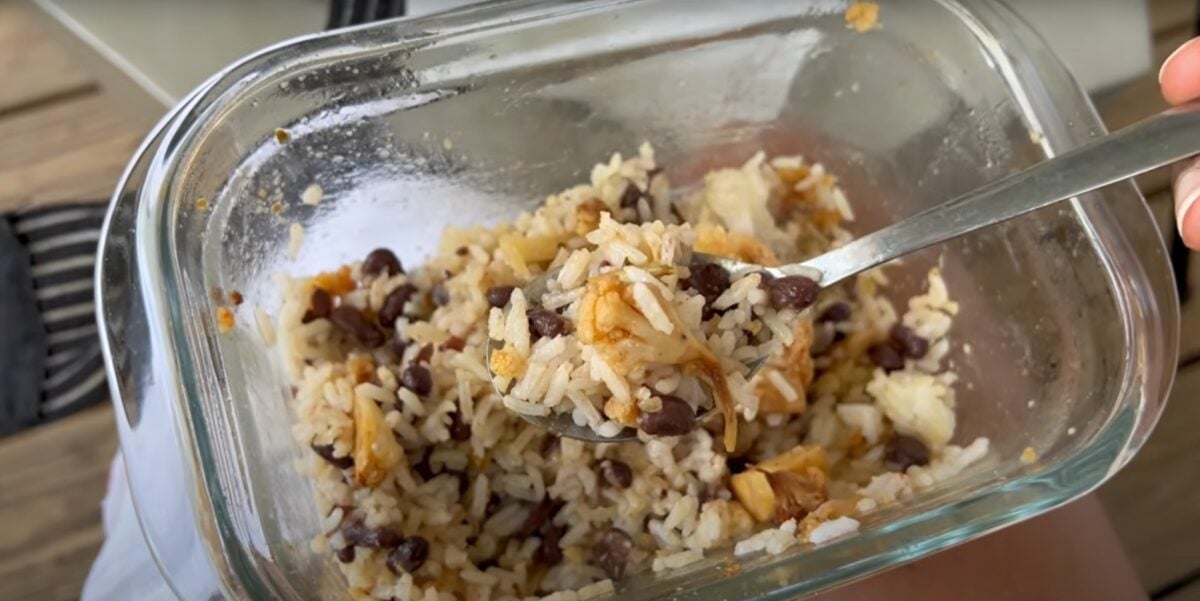
Claiborne keeps lunch simple with leftovers: white rice, black beans, and roasted cauliflower. Despite its simplicity, the meal is relatively high in iron.
“Beans are a great source of iron, which I did know,” she says. While she typically opts for brown rice which is particularly high in iron, she still manages to get a meaningful iron boost from the combination of white rice, legumes, and vegetables. She states that the meal contains around 4.3mg of iron.
Figs
Figs are Claiborne’s go-to dried fruit. She describes them as “not too sweet” with a satisfying crunch, and they provided another 0.3mg of iron in her daily total.
Dried fruits like figs, raisins, and apricots are known to offer small but meaningful amounts of iron, especially when combined with other iron-rich meals.
Lentils
For dinner, Claiborne prepares a lentil salad packed with fresh herbs, dates, and a tangy dressing. The dish contributes over 7mg of iron.
“Lentils are a fantastic source of iron,” she says, and adds: “They’re just a perfect food.”
In addition to iron, lentils offer fiber, protein, folate, and other key minerals. Claiborne says she eats them multiple times a week.
Turmeric latte
Before bed, Claiborne makes her daily turmeric latte with soy milk, turmeric, and a touch of agave. The drink adds 1.6 milligrams of iron to her total.
“It helps calm my body down so that I can fall asleep,” she says. She describes the latte as part of her nightly ritual, similar to how many people treat morning coffee.
Vitamin C and iron absorption
Claiborne emphasizes the importance of vitamin C in helping the body absorb non-heme iron. She includes multiple vitamin C-rich foods throughout her meals, including mango, apple, and figs.
“Eat a varied, healthy, plant-based diet, and you will get all the nutrients you need,” she says.
Claiborne estimates that she consumed more than 20 milligrams of iron, showing that it is possible to meet iron needs through a whole-food vegan diet.
She concludes with a reminder for those who may have an iron deficiency: “Speak to your doctor and follow their advice.”
You can find more of Jenné Claiborne’s videos and recipes on her YouTube channel.
Read more: 17 Iron-Rich Vegan Recipes
